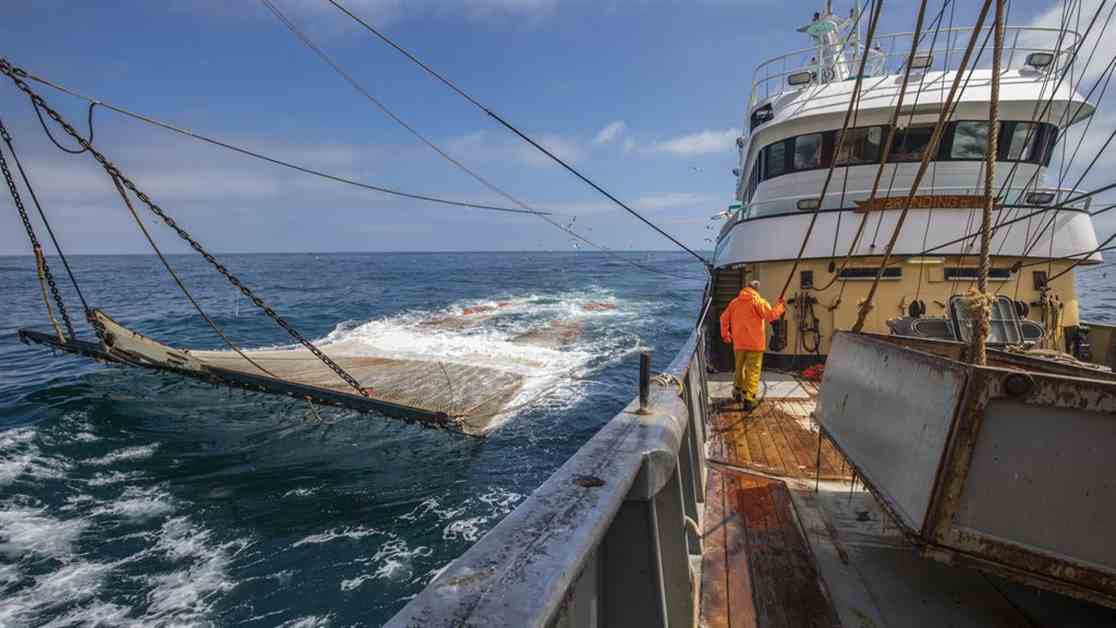Adema hopes for the return of pulse fishing; working on gaining support in the EU
Dutch pulse fisherman when it was still allowed
NOS News • Tuesday, 16:34
The Netherlands, along with other EU member states, must work together to get permission to use the pulse fishing method again. Recent scientific research showing that this method is indeed better for the environment and consumes less fuel can help in this effort. This was stated by Minister Adema (Fisheries) during the question hour in the Dutch House of Representatives.
He plans to send an ‘innovation quarter maker’ to Europe, especially to work with other countries to make a return of pulse fishing possible. “Let’s join forces and also support other countries,” he said in response to questions from the CDA. Pulse fishing involves using electric current to drive fish from the seabed into the nets.
In 2019, the European Parliament decided to ban this Dutch invention. To the great sorrow of Dutch fishermen, some of whom had switched to the new, promising method. But mainly under pressure from the Danes and the French, a ban was imposed.
‘A waste’
Recently, after years of study, scientists concluded that Dutch fishermen, who had previously argued against a ban, were right. With pulse fishing, the seabed is much less disturbed than with the traditional method of dragging nets with a beam trawl over the seabed.
It also leads to less unnecessary bycatch and costs fishermen about forty percent less fuel. “It’s a waste that we lost that technology,” Adema concluded. According to him, this happened at the time for political reasons. There was and still is great resistance among other member states and the European Parliament.
In hindsight, Adema believes that the Netherlands focused too much on its own interests and did not pay enough attention to other countries. The EU had given our country permission to issue fifteen permits for pulse fishing for scientific research. But former CDA State Secretary Bleker granted so many exemptions that eventually 85 vessels were fishing with the method.
This angered fishermen from other countries who did not have access to the technology. “We should have thought more carefully about whether expanding to 85 was wise. It also has to be supported in Europe,” said Adema.
Our country must now seek that support, he argued. Because bottom-trawling fishing in the Netherlands is struggling. Many fishermen have been forced to scrap their ships, partly due to high fuel prices and imposed catch restrictions.
Denmark
Now, a new threat is looming, according to the minister. Denmark is threatening to completely close its waters to traditional beam trawling fishing, which drags nets over the seabed. It causes too much damage to the environment.
Adema: “We need to say: we have a good alternative for that, pulse fishing.” According to him, the current Euro Commissioner, Sinkevicius, is also convinced of the sustainability of the fishing method, but the problem mainly lies with his fellow ministers from other member states and the European Parliament. “I have put pulse fishing on the agenda at every fisheries summit. But so far, I have not been able to achieve anything on that front.”

